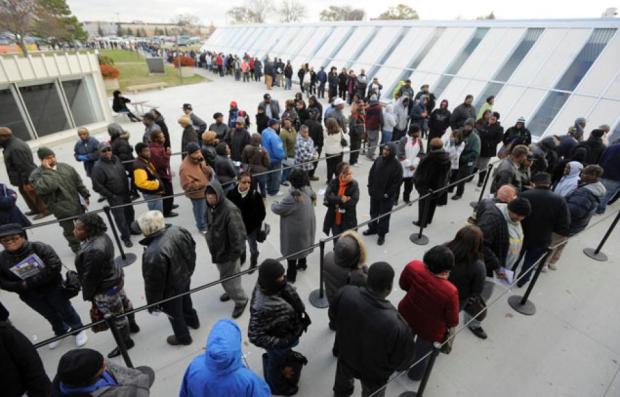This article was originally posted on the Huffington Post.

With news that the graduate Stafford loan rates will increase next year, and New York Times headlines like “It Takes a B.A. to Find a Job as a File Clerk,” you don’t need to look far to see that the higher education experience is broken. While MOOCs and other initiatives attempt to mend a failing system, some organizations like Watson University, Enstitute, and Experience Institute are hoping to create an entirely new educational system through experiential learning and personal development.
A recent Pew study backs up the notion that more experience in education is desired. According to an Atlantic article about the report:
It found that, yes, a third of college graduates who majored in social science, liberal arts or education regretted their decision… But overall, when asked what they wish they’d done differently in college, ‘choosing a different major’ wasn’t the top answer. The most popular answer, given by half of all respondents, was “gaining more work experience.’ Choosing a different major was the fourth most popular response, after ‘studying harder’ and ‘looking for work sooner.’
Not everyone learns best in a traditional classroom. Experience Institute (Ei), which welcomed its first cohort last year, encourages its students to establish their own classrooms by undertaking three apprenticeships or independent projects while also completing five modules of curriculum designed specifically for the program. Ei’s curriculum is taught in the form of meet ups that take place in Chicago in-between apprenticeships and cover community building, self-awareness, storytelling, operations, and design thinking. The yearlong program offers the graduate school experience at a much cheaper than the norm price tag of $13,000. (more…)








